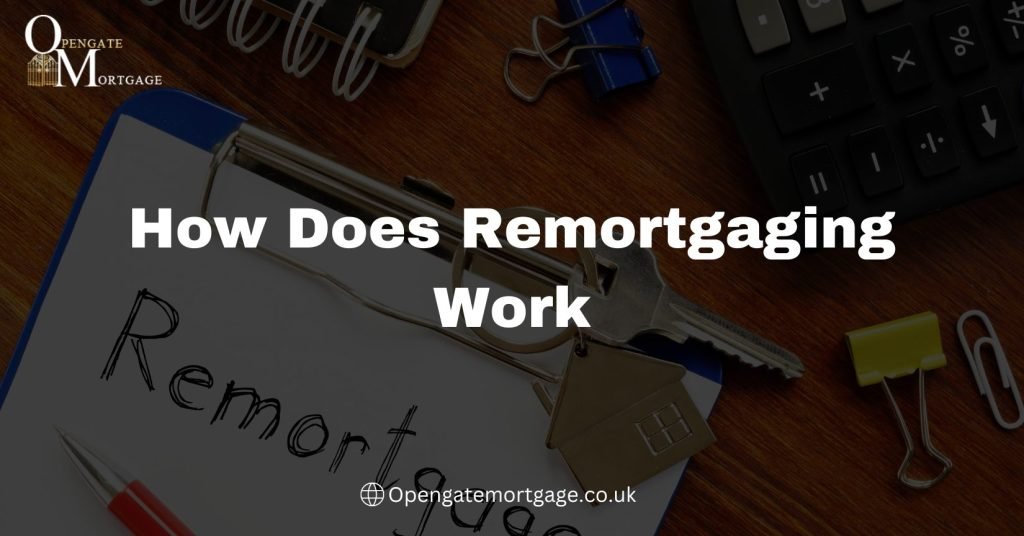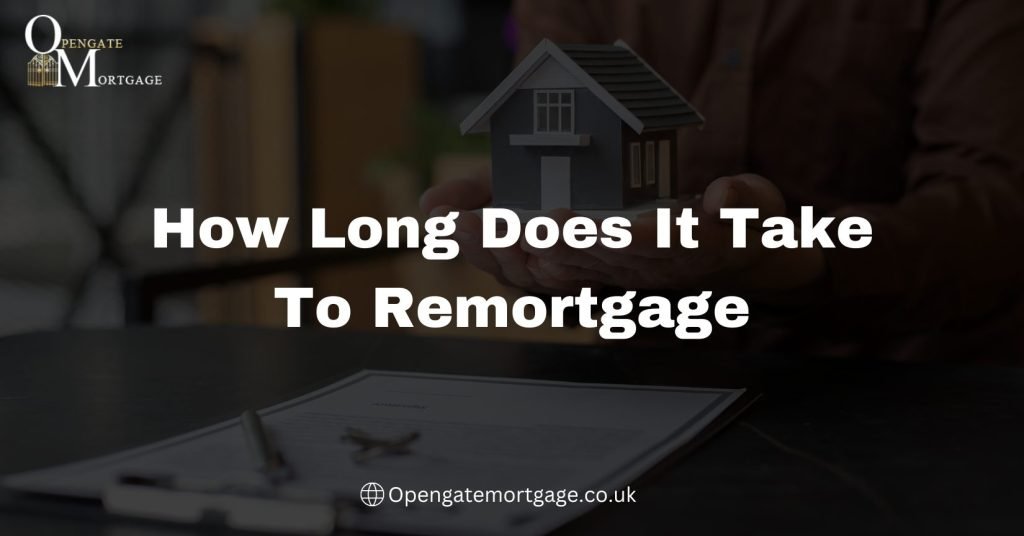As a retiree, you may think getting a mortgage is out of the question. However, that is not necessarily the case. While the process may differ from when you were younger, there are still options available for retirees to obtain mortgage financing. With adequate income, strong credit, and the right lender, you can achieve home ownership or refinance an existing mortgage even after leaving the workforce. In this article you will come to know that how to get a mortgages for retired
The key is finding a lender that specializes in mortgages for seniors and retirees. They understand your unique financial situation and needs. They can help determine how much you can afford based on your retirement income and savings. They are also familiar with programs designed specifically for retirees like reverse mortgages that provide cash flow without monthly payments.
While a mortgage in retirement may require more documentation and have higher interest rates, for the right retiree it can be well worth pursuing. A mortgage can provide tax benefits, equity to tap in an emergency, and a stable housing payment insulated from rent increases. With the proper planning and advice, you as a retiree can navigate the mortgage process successfully. The opportunity for home ownership or improving your financial situation does not have to end with retirement.

Types of Mortgages for Retirees
As a retiree, you have several mortgage options to consider for purchasing a home. The most common types are:
Fixed-Rate Mortgages
A fixed-rate mortgage has an interest rate that remains the same for the life of the loan. This provides stability in your monthly payments and protects you from interest rate hikes. The most popular options are 15-year and 30-year mortgages. A 15-year mortgage typically has a lower interest rate but higher payments. A 30-year mortgage has lower payments but you end up paying more interest over time.
Adjustable-Rate Mortgages (ARMs)
ARMs have an interest rate that changes over time based on the current market rate. The initial rate is fixed for a period, such as 5-10 years, then adjusts annually. ARMs often start with a lower rate than fixed mortgages but your payments could increase substantially when the rate adjusts. However, caps limit how much the rate can change to protect you from drastic payment shocks. ARMs are risky but can save you money if interest rates remain stable or drop.
Reverse Mortgages
A reverse mortgage allows homeowners 62 and older to convert part of their home equity into cash. You do not make any monthly mortgage payments. The loan is repaid when the borrower moves out or passes away. Reverse mortgages provide financial flexibility but reduce the equity in your home. Interest rates are often higher than traditional mortgages.
The mortgage option that is right for you depends on your financial situation, risk tolerance, and how long you intend to stay in the home. Consulting a financial advisor can help determine the most suitable and affordable choice based on your unique needs in retirement.
How to Qualify for a Mortgage in Retirement
To qualify for a mortgage in retirement, you must prove to lenders that you have a stable and reliable income to repay the loan, even after ending your career.
First, review your retirement income and assets. Lenders will consider income from sources like Social Security, pension payments, retirement account distributions, and interest or dividends. They prefer income that will continue for at least 3 years. Provide recent statements to document these income streams.
Next, check your credit score and report for any errors. Lenders look at your credit to help determine your interest rate. Pay off any high-interest debts and avoid new credit applications which can hurt your score.
Then, determine how much you can borrow based on your debt-to-income ratio (DTI). Most lenders like to see a DTI of 43% or less for retirees. Calculate your monthly income and expenses to make sure any mortgage payment still allows you to live comfortably.
You may need a larger down payment, often at least 25%. The more equity you have in the home, the less risk for the lender. Consider using retirement funds or the equity from your current home.
Finally, look at mortgage options that suit retirees like adjustable-rate or interest-only mortgages. These often have lower payments that can increase over time. Make sure you understand the terms to find one that aligns with your financial situation.
Following these steps will prepare you for the mortgage process in retirement. While qualifying may be more difficult, many retirees can still achieve homeownership and enjoy the benefits of owning a home. With prudent financial planning, your golden years can include a place to call your own.
Pros and Cons of Reverse Mortgages
A reverse mortgage allows homeowners 62 and older to convert part of their home equity into cash. However, there are some important pros and cons to consider before taking out a reverse mortgage.
Pros
- Tax-free income: The money you receive from a reverse mortgage is tax-free. You can use it to pay off your existing mortgage, supplement your retirement income, or finance home improvements.
- Stay in your home: A reverse mortgage allows you to remain in your house for as long as you like. You do not have to make any monthly mortgage payments. The loan is repaid when the last borrower moves out or passes away.
- Flexible options: There are several types of reverse mortgages that provide flexible options. The most common are the Home Equity Conversion Mortgage (HECM) which is insured by the FHA, and private or proprietary reverse mortgages offered by some lenders. You can choose between a lump sum, line of credit, fixed monthly payment or a combination.
Cons
- Fees and interest: Reverse mortgages often come with high upfront costs and interest rates. The fees typically include an origination fee, appraisal fee, and mortgage insurance premiums. The interest is charged on the balance of the loan for as long as you have the reverse mortgage.
- Reduced equity: The more you borrow from your reverse mortgage, the less equity you will have in your home. This could reduce the amount of assets left to your heirs.
- Foreclosure risk: If you do not pay property taxes, insurance, or HOA fees, the lender can foreclose on your home. Make sure you understand your obligations to avoid defaulting on the reverse mortgage.
A reverse mortgage is a complex financial product. Do extensive research, compare options from different lenders, and consider consulting a financial advisor to determine if it meets your needs. When used properly, a reverse mortgage can be a useful way for retirees to tap into their home equity, but you must go in with your eyes open to the responsibilities and potential downsides.
Tips for Finding the Best Mortgage Lender
When seeking a mortgage in retirement, you’ll want to find a lender that best suits your needs. Here are some tips to help you find the right one:
Research lenders thoroughly
Do in-depth research on potential lenders to determine their rates, fees, and reputations. Check independent reviews and ratings to find lenders known for excellent customer service and competitive rates for retirees. Compare multiple offers from different lenders to find the most suitable one for you.
Consider lenders that specialize in retirement mortgages
Some lenders specialize in mortgages for retirees and seniors. They understand the unique needs and situations of those on fixed incomes. They may offer more flexible qualifying guidelines, lower down payments, and additional benefits. Lenders that don’t specifically target retirees may still be good options, so compare across all potential lenders.
Ask about down payment and income requirements
Inquire about the specific down payment, debt-to-income ratio, and income documentation required to qualify for their retirement mortgage programs. Lenders more familiar with retirees may require lower down payments and have more lenient income requirements. Be prepared to provide tax returns, bank statements, pension award letters, or other documents to verify your income.
Check if they offer other senior-focused products
See if the lender also provides other products focused on retirees like reverse mortgages, equity loans or lines of credit. Working with a lender that understands your life stage and long-term needs can be beneficial. However, their specialized products are not a requirement if their traditional mortgage offerings better suit you.
Negotiate the best rates and terms
Once you’ve compared lenders and programs, negotiate with your top choices to get the best rates and terms possible. Be willing to provide documentation to verify information like your credit score, income, and assets to strengthen your position. With the right lender and some negotiation, you can find an affordable mortgage that provides stability and security in your retirement.
Conclusion
So there you have it, retirement does not mean an end to homeownership or mortgages. With some forethought and preparation, you absolutely can qualify for a mortgage to purchase a new home, refinance your current one, or take out a reverse mortgage. Do your research, check your credit, make a plan to pay off high-interest debts, and talk to mortgage lenders to understand your options fully. Retirement can open up opportunities to downsize, move to a new community, or stay put – the choice is yours.
Don’t assume age alone will prevent you from accessing mortgage financing. If homeownership has been an important part of your life, keep that dream alive by taking these practical steps to securing the best mortgage solution for your retirement needs. The golden years await!
People Ask Questions About How To Get A Mortgages For Retired
What type of mortgages are available to retirees?
The most common mortgages for retirees are reverse mortgages and fixed-rate mortgages. A reverse mortgage allows you to convert part of your home equity into cash. You do not have to make any monthly mortgage payments. A fixed-rate mortgage locks in an interest rate for the life of the loan. This provides stability in monthly payments, which can be attractive for those living on a fixed income.
What are the eligibility requirements?
To qualify for a retirement mortgage, you must be at least 62 years of age, own your home outright or have paid off a significant portion, and have enough home equity and income to afford the new mortgage payments or line of credit. Specific requirements vary between lenders and loan programs. In general, the older you are and the more home equity you have, the more favorable the terms.
How will a mortgage impact my retirement funds?
The type of mortgage you choose impacts your retirement funds differently. A reverse mortgage does not require monthly payments, so it will not reduce your monthly income from retirement funds. However, the loan and interest are repaid when the borrower moves out or passes away. A traditional fixed-rate mortgage will require monthly payments that need to be factored into your retirement budget. The payments will reduce the money available from your retirement income each month.
What are the costs and fees involved?
Mortgages often come with upfront and ongoing fees like appraisal fees, origination fees, closing costs, mortgage insurance and interest charges. Reverse mortgages also have mortgage insurance premiums and servicing fees. Make sure you understand all the fees associated with any mortgage before proceeding with a loan application. The fees can vary between lenders, so compare total costs from multiple lenders.With the right mortgage and a full understanding of the costs and obligations, you can achieve homeownership in retirement. Be sure to consider how any mortgage will impact your unique financial situation before moving forward. If you have additional questions, consult a financial advisor. They can help determine the best mortgage or alternatives for your needs.







